News
blue sage seed
Salvia farinacea, commonly known as mealy cup sage, mealy blue sage, or simply blue sage, is a herbaceous perennial plant native to Nuevo León, Mexico and parts of the United States including Texas and Oklahoma. The following is a detailed introduction to it:
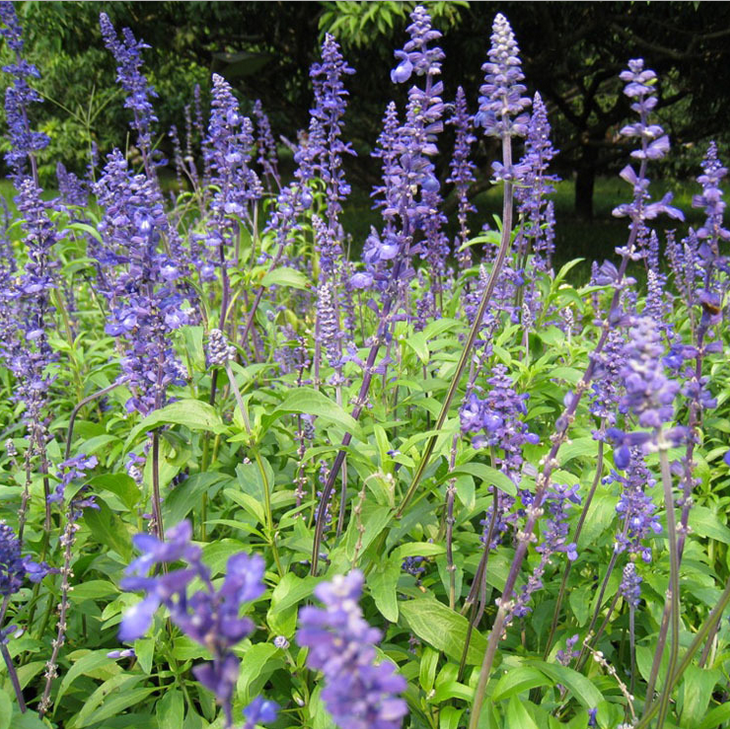
Plant Shape: The plant grows in thick, rounded clumps and can reach a height of 60 to 90 cm. The stem is quadrangular and hairy, and the lower part is slightly lignified1.
Leaves: The leaves are opposite, long elliptical, mostly gray-green, with a concave-convex texture and wrinkles on the leaf surface, often showing a grayish-white color1. The coarsely serrated, green leaves are aromatic.
Flowers: The flowers are small and whorled at the top of the stem or in the axils of the leaves1. The corolla is zygomorphic, with a small upper lip and a large lower lip, and the colors include blue, light blue, light purple, light red or white1. It has a long spike-like inflorescence, about 12 cm long, and the flower quantity is large1. The calyx is short, cup-like, with very short calyx teeth, which are densely covered with blue or white hairs, making the individual calyx teeth barely recognizable.
Light and Temperature: It prefers full sun and can tolerate partial shade. It is hardy in USDA hardiness zones 8-10 and is often grown as an annual in areas where it cannot survive the winter. It has certain cold tolerance and can tolerate temperatures as low as -15°C1.
Soil Requirements: It grows best in loose, fertile, and well-drained sandy loam, but it can also tolerate dry clay soil. It is drought-tolerant and not waterlogged, and can also tolerate barrenness1.
Cultivation: It is usually sown indoors from winter (January to February) to spring1. The germination soil temperature is 20-23°C, and the germination days are 5-8 days1. The growth suitable temperature is 18-23°C, and it takes 70-100 days from sowing to flowering1.
Propagation: It can be propagated by stem cuttings or seeds. Pruning after a long blooming period will help encourage the plant to produce thicker compact foliage and prevent it from becoming leggy.
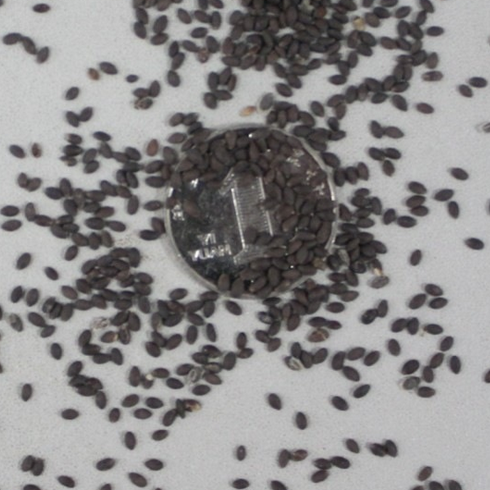
Ornamental Value: With its beautiful blue, purple and other colors of flowers and long flowering period from spring to frost, it has strong ornamental value. It is widely used in botanical gardens, parks, resorts, campuses, residential areas and other landscape projects as ground cover, which can beautify the space, activate the environment and enrich the landscape1.
Economic Value: The leaves of Salvia farinacea have a strong odor after drying, and a small amount can be added when cooking soup or strongly flavored meat to moderate the taste, similar to the role of star anise and fennel1. It can also be used to make potpourri or extract essential oils1. The essential oil has effects such as milk suppression, anti-rheumatism, anti-spasm, antibacterial, antiperspirant, appetizing, 收敛,promoting wound scarring, purification, diuresis, menstruation regulation, liver protection, blood pressure regulation, and body toning1.
In some Mediterranean regions, people often plant Salvia farinacea in gardens or courtyards to add natural beauty and fragrant 气息. In the local culture, it also has important significance. Its flowers can be used to make perfume and essential oil, with a fresh fragrance. In some traditional herbal medicine, it is believed to have the effects of calming and anti-anxiety, which can help people relax and relieve stress. In some works of art and cultural works in the Mediterranean region, Salvia farinacea is often depicted as a beautiful and mysterious image, symbolizing love, hope and freedom.


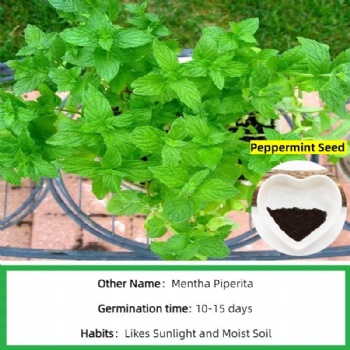
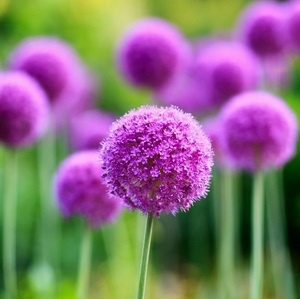
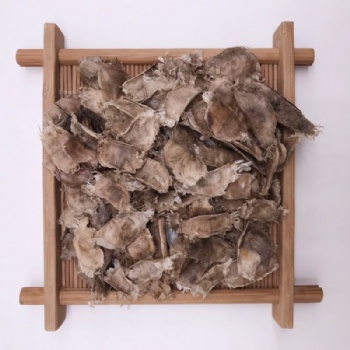
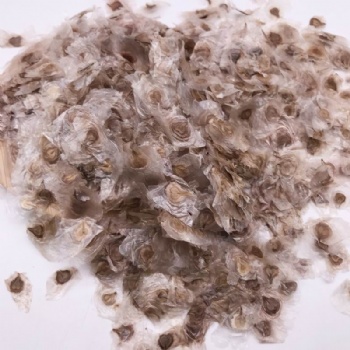
 售前客服
售前客服
